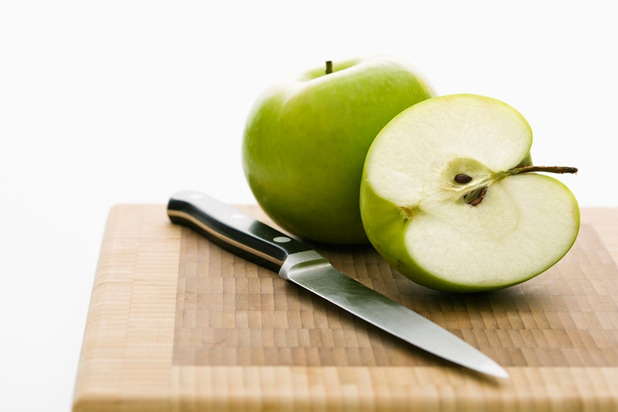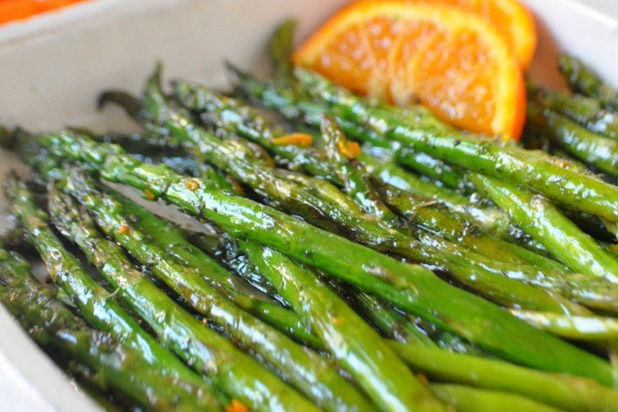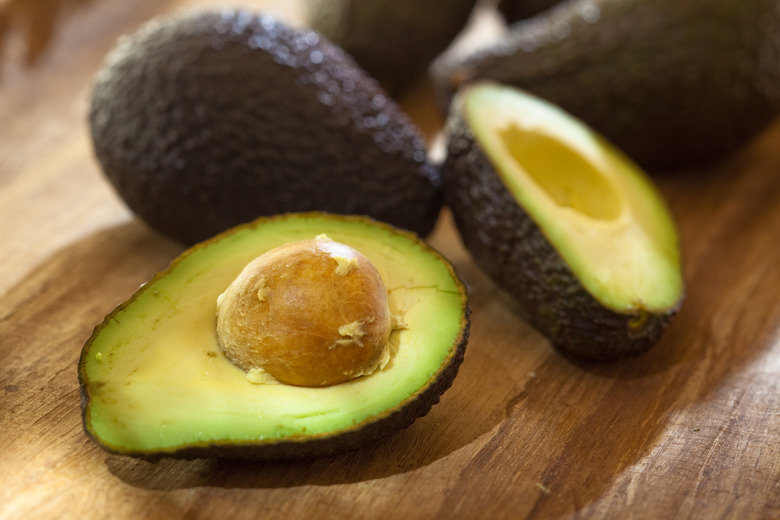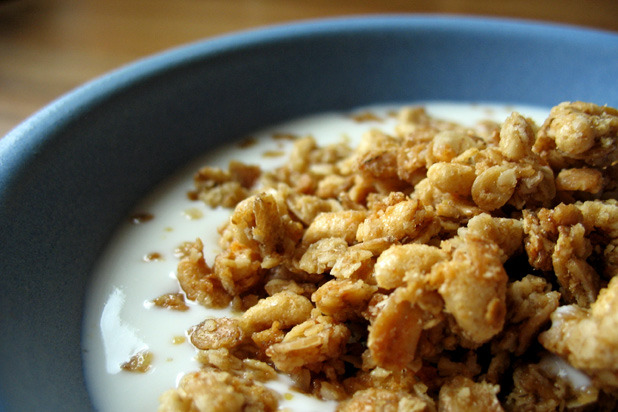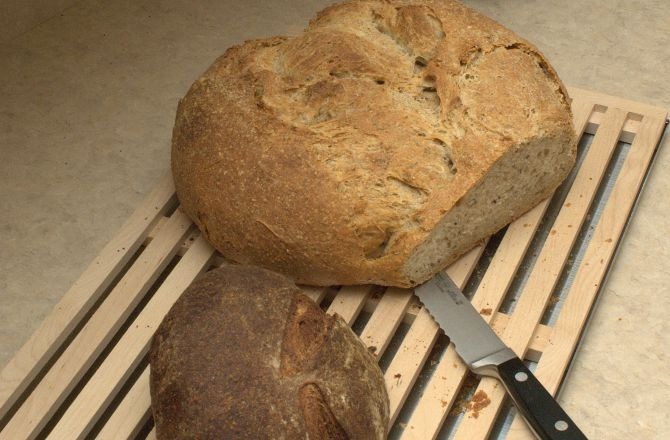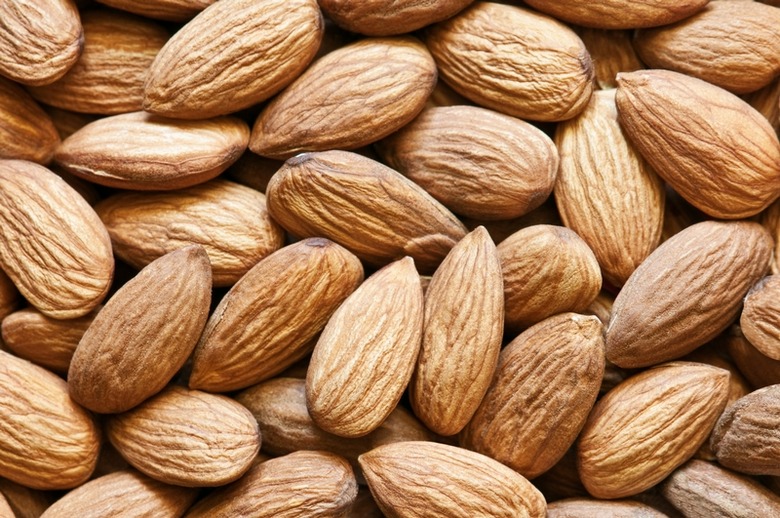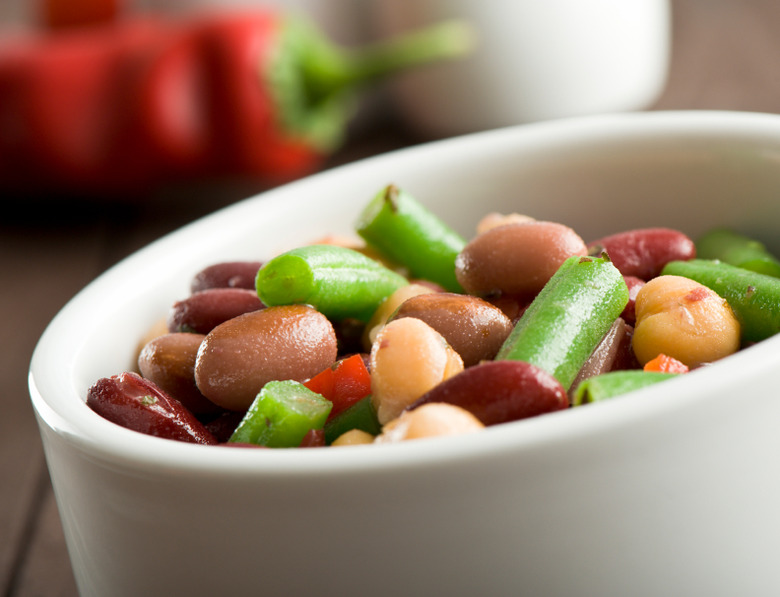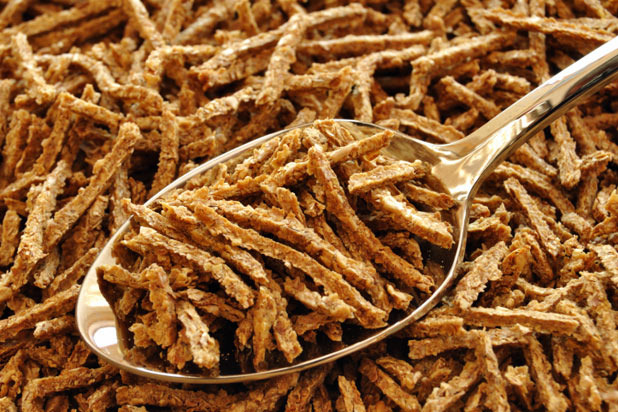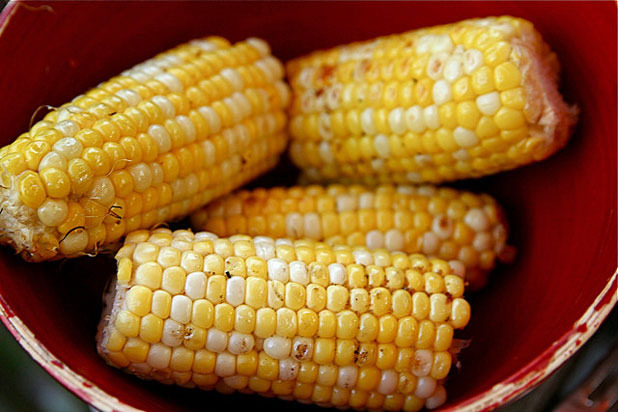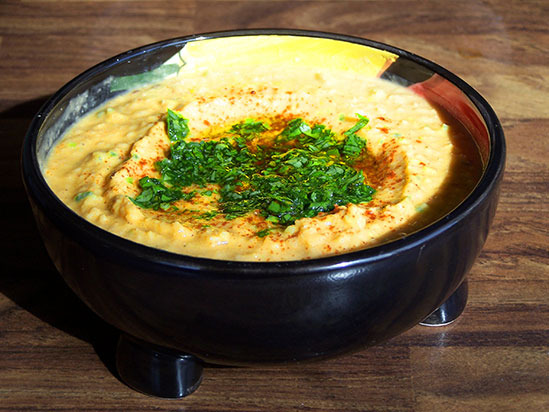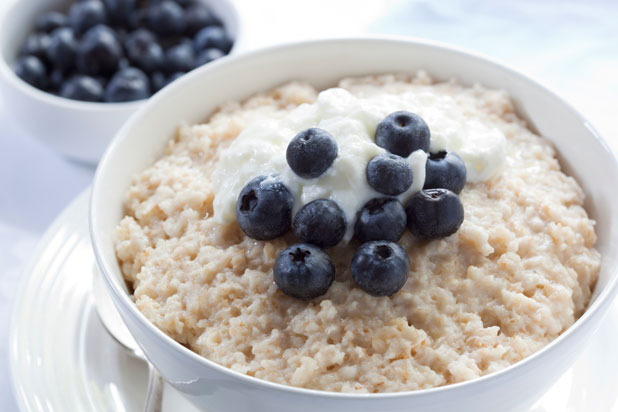11 Healthy Snack Foods To Keep You Full Slideshow
Some fruits that O'Neal suggests are apples (with an estimated glycemic load (EGL) of 3), peaches (EGL: 5), oranges (EGL: 6), pears (EGL: 5), mangoes (EGL: 8), and cherries (EGL: 7). Although some of these fruits contain quite a bit of sugar in one serving (too much of anything, even "natural" sugar, isn't so great for blood sugar levels), they also have the fiber to slow its breakdown and release into the bloodstream. When possible, eating fruit with the skin is even better since it contains additional fiber.
2. Vegetables
Asparagus (EGL: 3), broccoli (EGL: 3), cabbage (EGL: 2), cauliflower (EGL: 2), and spinach (EGL: 0) are all great choices. Work these into salads or dip into hummus for a quick, easy, and low-GL snack.
3. Avocadoes
Yes, technically, it's a fruit, but we felt that they deserved a special place of their own. Why? Just 1 cup of cubed avocado (EGL: 3) contains 10 grams of fiber, which is 40 percent of the daily value for someone on a typical 2,000-calorie diet, and it's also a great source of vitamins B6, C, and K, as well as potassium and folate.
Yes, it does contain a significant amount of fat (1 cup cubed contains about 22 grams of fat), but most of that (about 19 grams) is heart-healthy, unsaturated fat. The fat is where the rich flavor comes from, and working a few slices of avocado into a fruit salad can leave you feeling satisfied with less. And cutting down on portions, as well as eating the right foods, is key to losing weight.
4. Muesli
It's not just for breakfast. While muesli (EGL: 41) looks like it's off the charts at first glance, O'Neal suggests looking for a brand or mix that cuts out the raisins, which is where most of the sugar load comes from. Many muesli mixes are high in iron and fiber and can help you stay satiated longer than most typical cereals.
6. Pumpernickel Bread
Well, you don't absolutely have to choose pumpernickel bread every time, but it is a good example of what O'Neal is going for. Basically, any coarse, whole-grain bread will do, and the courser, the better. It's usually a sign of high fiber content. Try spreading some nut almond butter, sesame butter, or peanut butter on a slice for a quick and easy snack.
7. Nuts
Almonds (EGL: 0) are a great source of calcium and iron. Just make sure to consume these in moderation since they are fairly high in fat (although most of it is heart-healthy unsaturated fat) — one ounce contains 15 grams of fat. O'Neal suggests working these into nonfat Greek yogurt for a delicious snack.
Click here to see the Arugula, Golden Cherries, Marcona Almonds, and Parmigiano Recipe.
8. Beans, Peas, and Lentils
Work these into salads, or mix some canned black or red kidney beans with corn to make a quick salsa that you can serve with whole-wheat pita chips. Legumes are full of fiber and can help keep that stomach from grumbling in the middle of a meeting.
9. All-Bran
OK, fine, it does taste a bit like cardboard. But with 20 percent of the daily value of fiber, and a full day's worth of vitamin C and iron, it's certainly a quick and convenient way to knock some essential nutrients out of the way, Jetsons style. Add some fresh berries and skim milk for cardboard and fruit in milk.
10. Corn
Corn (EGL: 11) has gotten a bad rap lately. From its controversial use as a fuel source (and its subsequent effect on market prices for food staples) to its equally controversial use as a feed source for livestock, and its penchant for sneaking into everyday products (even, as it happens, things that aren't food... like batteries and ink), corn hasn't been getting a whole lot of good press. I do appreciate Michael Pollan's work, and it's true that ruminants probably shouldn't be eating corn, but when we're just talking about eating straight corn, it's actually OK for you. It's a fairly complete source of protein, contains a decent amount of fiber (1 cup yields 17 percent of the daily value) and is a decent source of vitamin C. Work it into salads and salsas for tiny bursts of sweetness.
Click here to see the Corn Salad with Radicchio and Red Onion Recipe.
11. Hummus
This seems to be very nearly everyone's favorite dip these days, and the fact that it made O'Neal's list is, at least in our view, an added bonus. Serve with whole-wheat pita bread, or simply dip some veggies or fruit into it. As with many foods, this one is probably better homemade.
5. Steel-Cut Oats
O'Neal says that instant oatmeal (EGL: 13) just doesn't "cut" it (forced pun intended). The processing that oatmeal undergoes to become "instant" strips out a good chunk of the GL-lowering fiber. Steel-cut oats take a considerable amount of time to prepare (anywhere between 30 and 45 minutes) so it's probably best to make a large batch on a Sunday and save it for the week. Serve with some fresh fruit and nuts.
Click here to see the Baked Steel-Cut Oatmeal with Cherries Recipe.
